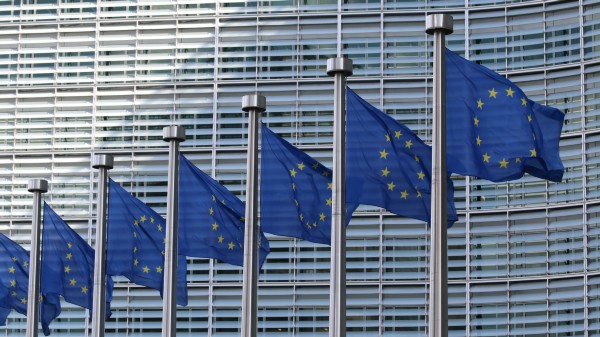
What's new
Home / What's New / Whats new detail
Back
What's the difference between the EU and the Schengen Area?
Explaining the benefits for EU citizens and global travellers
The European Union (EU) is a political and economic union consisting of 27 member states (see below). The tariff-free single market existing between EU member states allows for the free movement of EU people, goods, services and money. EU citizens have the absolute freedom to study, work, live and retire in any European Union country.
However, these rights do not apply to citizens from non-EU countries. Which is where the Schengen area comes in. The Schengen area is a different entity from the EU although many countries are included in both.
The Schengen Area is made up of 26 states which operate with no internal border controls, allowing for free movement between the participating countries. For visitors, Schengen acts as a singular country, i.e. once you enter one Schengen country you have entered them all.
European countries part of the EU and the Schengen area:
European countries part of the Schengen area but not the EU:
European countries part of the EU but not the Schengen area:
European countries not part of the EU or the Schengen area:
However, these rights do not apply to citizens from non-EU countries. Which is where the Schengen area comes in. The Schengen area is a different entity from the EU although many countries are included in both.
The Schengen Area is made up of 26 states which operate with no internal border controls, allowing for free movement between the participating countries. For visitors, Schengen acts as a singular country, i.e. once you enter one Schengen country you have entered them all.
European countries part of the EU and the Schengen area:
| Austria Belgium Czech Republic Denmark Estonia |
Finland France Germany Greece Hungary |
Italy Latvia Lithuania Luxembourg Malta
|
Netherlands Poland Portugal Slovakia Slovenia | Spain Sweden |
European countries part of the Schengen area but not the EU:
| Iceland Monaco |
Liechtenstein Vatican City | Norway San Marino |
Switzerland |
European countries part of the EU but not the Schengen area:
| Bulgaria Romania |
Croatia | Cyprus | Ireland |
European countries not part of the EU or the Schengen area:
| UK and Northern Ireland | Gibraltar | Montenegro |

